Paralysis Helper Care is an electronic device which is used to support paralysed patients. This device was developed after observing the
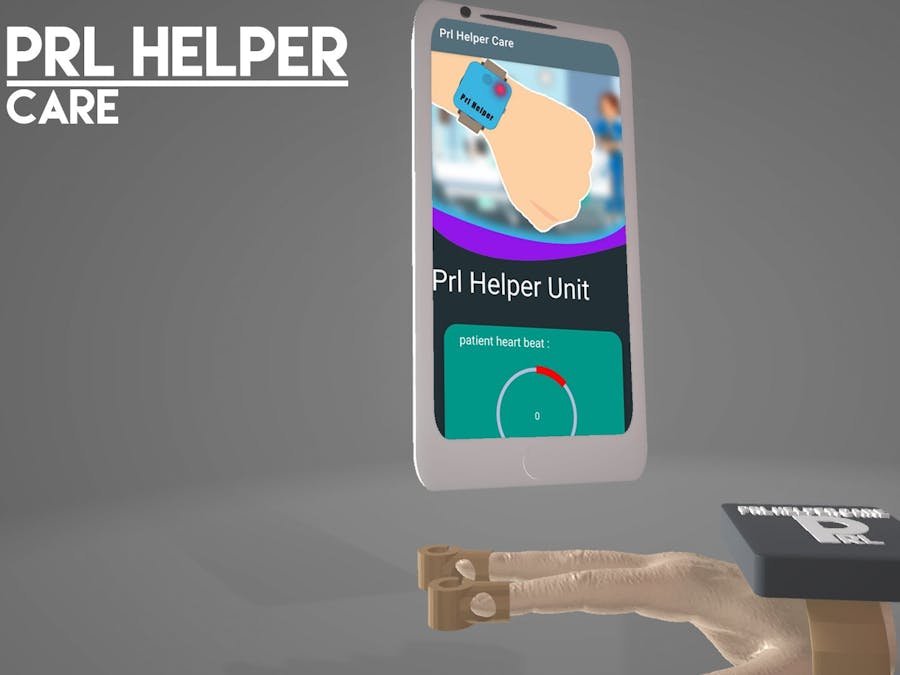
Things used in this project
Hardware components
Story
Chapter 1 – Introduction
Overview
Overview
Paralysis is the loss of muscle function in one or more parts of the body as a result of damage to the nervous system. We know that these patients cannot eat, walk or lift anything alone and they should be taken care of well. But, I do not suggest a cure for this, but my invention will help these patients to be able to do some actions alone in an emergency without bothering others, and they can care about themselves. This device can be used in an emergency to call for help and to know about the health conditions at that moment. So, this device is suitable for the health sector, especially for nursing homes and caretakers.
The idea came to my mind after visiting a paralysis patient in my neighbourhood. I noticed that family members have to take care of this patient throughout the 24 hours as this patient is helpless and can not do anything alone. That’s why I thought of developing this device to support these patients to develop their moral confidence that they can do something alone and to reduce the stress of other people around them.
Objectives
Objectives
The main objective of this invention is to support patients with paralysis who cannot do anything on their own and this device will help them to give a message to the caretaker in an emergency or to request something that he/she needs. Therefore, there is no need to keep a caretaker with this sort of patient always.
1.3 Methodology
The original idea of this came to my mind, when I was looking for this type of device, I found a device which can be used to give an alarm and its size is also very big. However, it does not suit a patient.That’s why I felt an idea to develop a device like this. According to my device, it has the ability to connect with IoT and connect to the internet and watch a mobile app with it. It also alerts you in case of an emergency and anyone who has installed this app can watch it. When this is extended further, a system to log in will be created.
Chapter 02 Hardware
All I need to make this is a very small number of items. The esp32 microcontroller works like a tiny basic brain here. It’s not too small, the reading is taken by some tools that work with magnetic. The heartbeat measurement is the basic cost and it is between Rs.1000 – Rs. 2500. But in the future, the cost will be increased as I am planning to make a 3D printing for this device. Actually, this device is still in its primary stage and it can be developed up to operating a mobile phone without touching the phone. However, I believe this device will be very useful for paralyzed patients to do their many jobs alone.
Esp32 Dev BoardBuzzerMagnetic sensor x 2Heart Beat Sensor(Pulse sensor)Bread BoardLED bulbs
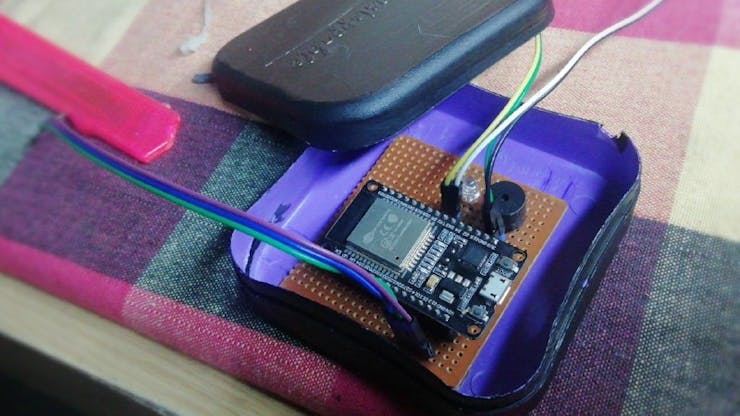
Chapter 03 - Mechanical Design
The mechanism of this invention is giving a digital input by magnetic sensors and heart beat sensor. The output is given by using a LED bulb and a buzzer. This device can be fixed as a wrist watch and the magnetic sensors and the heart beat sensor is attached to the fingers of the hand. The input goes to the ESP 32 dev board and that data is transferred to the real time database using WiFi. The database is connected to the mobile phone app and the output is indicated in the app.
The mechanical design is as given below,
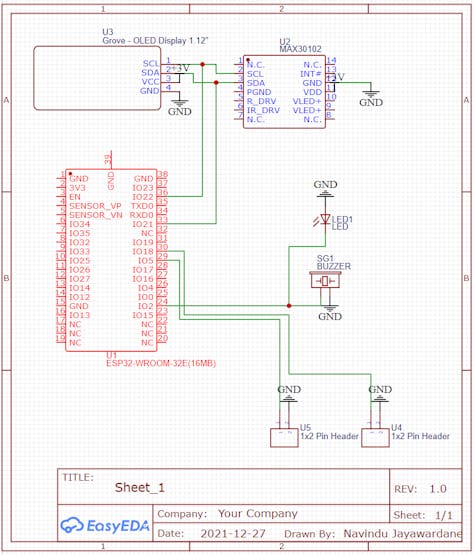
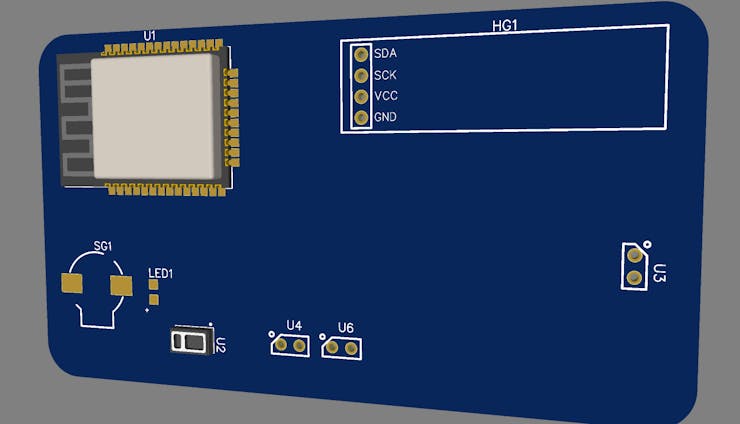
Chapter 4 - Software
Arduino IDE is used to program the software of this device and android studio is used to develop the mobile phone app.


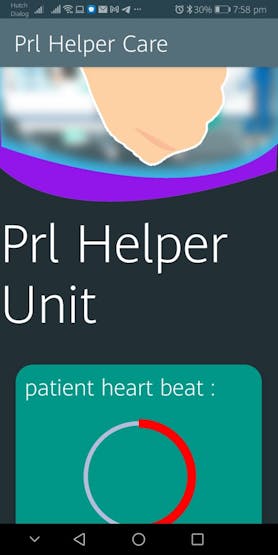
Chapter 5 – Conclusion
This device is very important for many people because the persons who are taking care of the patient can be involved in other activities as well. Currently, this device will support these patients to send the message to the caretaker or another one who has installed this mobile phone app, but I am trying to improve this further.As well as, the patient can check his heartbeat by using this device and just touching this device, and the patient can request food and any other needs. It is expected to develop this device to operate the mobile phone just touching this device.This is a very valuable tool because it can be used in the real-world practice.
Chapter 6 - Risk and Challenges
I faced the following challenges when I develop this device,
No specific libraries (modules) to design the code and I had to develop a separate program for that. Lack of electronic items in the market due to the pandemic situation The circuit is damaged due to the unavailability of suitable batteries/power supply
Chapter 7 – References
Following the online reading, materials were referred toto get knowledge regarding this device.
https://www.electroniclinic.com/firebase-android-application-designing-using-android-studio-esp32-dht11/ https://www.electroniclinic.com/esp32-firebase-tutorial-send-sensor-data-to-google-firebase-database/ https://pulsesensor.com/pages/code-and-guide https://randomnerdtutorials.com/esp32-ssd1306-oled-display-arduino-ide/


The article was first published in hackster, July 19, 2022
cr: https://www.hackster.io/NJNavindu/paralysis-helper-care-project-de26ac
author: Navindu Jayawardhane











